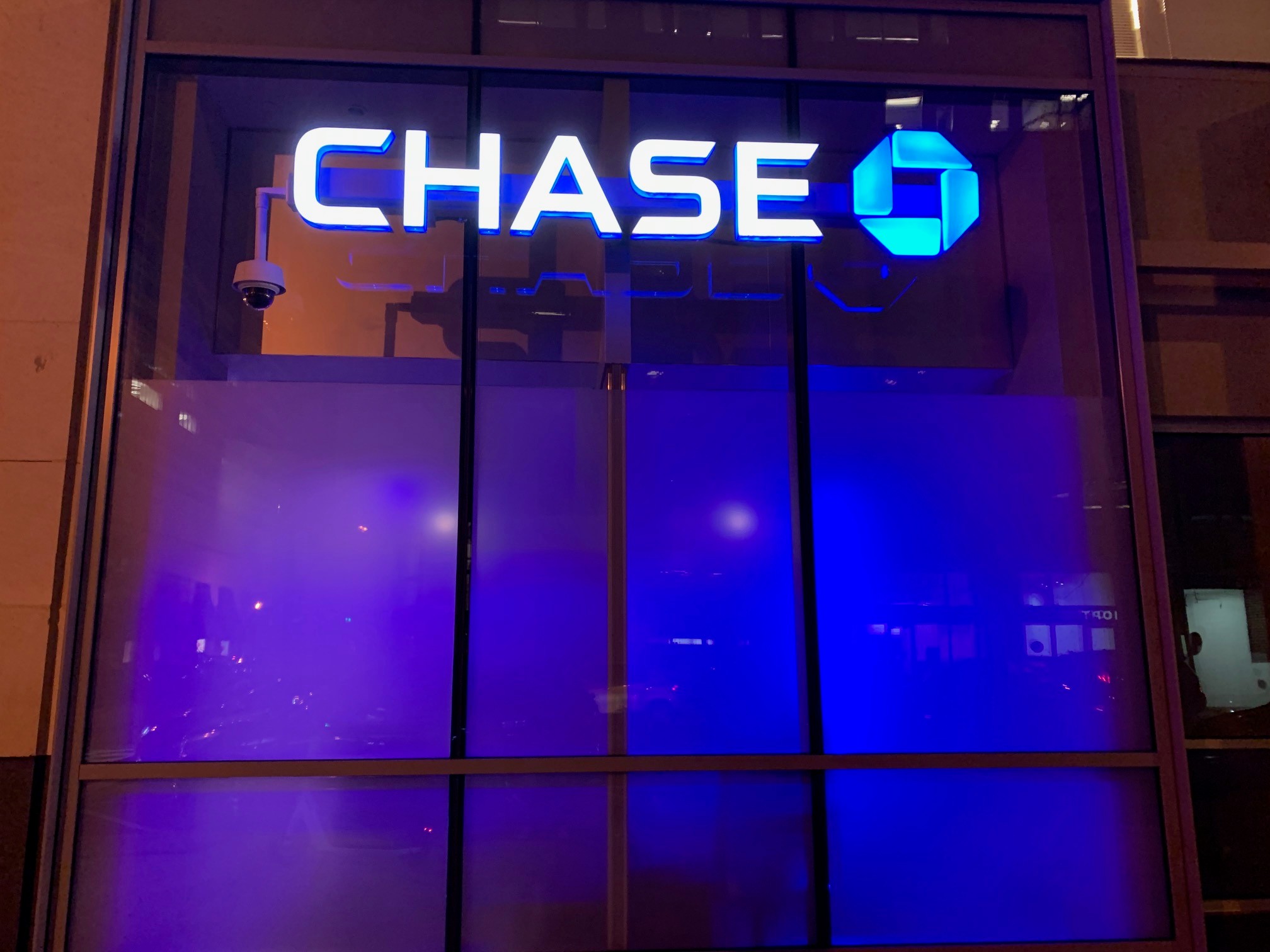
Chase Sapphire Reserve Benefits
Opinions vary, but I consider the recent Chase Sapphire Reserve refresh a net-positive overall. For this and other reasons, I feel Chase has already won this latest round with Amex. But the “new” Chase Sapphire Reserve isn’t perfect. In a vacuum, I view the Reserve’s new perks positively, but unfortunately, the dynamics are more complex. Indeed, when it comes to Chase Sapphire Reserve benefits, certain other cards provide competitive or better versions. Today, I’m considering a few of the Chase Sapphire Reserve benefits through that lens.
$300 Annual Dining Credit
The Reserve comes with a $150 dining credit biannually at participating Chase Sapphire Exclusive Tables restaurants. While a variety of locations are eligible, I’ve found the selection relatively limited compared to options with Resy, a collection of outlets eligible for credits on certain Amex cards. The Amex Gold offers $50 biannually, and a variety of Delta cards come with a monthly credit ranging from $10 to 20. Sure, those cards don’t necessarily offer the amount or flexibility to use the full allotment, but none are saddled with the Reserve’s $795 annual fee. I’m betting Amex leans into Resy more in the upcoming Platinum refresh they’ve promised. If so, it’ll be interesting to see how their option compares to Chase’s.
Regardless, Chase gets worse. The Reserve terms and conditions mention the following:
We may reverse statement credits if an eligible purchase is returned, canceled, or modified or if you close your account within 90 days of receiving a statement credit.
For those who plan on holding the Reserve for just one year, this essentially means the $300 Annual Dining Credit is more like a nine-month one. And Chase follows this same M.O. on at least two other Reserve benefits.
$300 Travel Credit
I, and many of you, have historically enjoyed using the Reserve’s $300 Travel Credit in a widely-varied category of expenses. But this credit is now saddled with the same closing within 90 days condition as the $300 dining perk. Neither I nor certain MtM Diamond members recall seeing this stipulation previously. The Capital One Venture X offers a $300 credit which requires booking with their own travel portal. That’s a considerable limitation, but we should remember that card costs $400 less than the Reserve. And I’m not aware of any such close-in limitation with Capital One’s option. The story’s similar with the $200 airline fee credit on the cheaper Amex Platinum, something that I think will also improve with that card’s upcoming refresh.

$500 Edit Credit
Wow, a “free” $500 at a wide selection of hotels – $250 biannually! Why not?! Here’s what makes it less practical for many:
- Two-night minimum stay requirement
- A use-or-lose benefit every six months
- That same closing within 90 days condition as the dining and travel credits
Perhaps a segment of travelers will use the Edit for a stay every six months. Regardless, I bet many more will need to bend over backwards to use the credit even once annually. For them, it’s more like an annual $250 credit. And the difference between this and the Amex Platinum’s $200 Hotel Credit is negligible when one considers the Reserve’s other limitations. Sure, combining Ultimate Rewards points with those reservations can make things intriguing, but also more convoluted.
DoorDash Perks
Chase touts “$420 in total value with DoorDash” on the Reserve. The bank considers DashPass membership as $120 in value, but that realistically varies based on an individual’s needs (or lack thereof). Some may think it’s worth nothing. The other $300 comes from monthly credits, unhelpfully doled out as follows:
- A puny $5 promo for restaurant orders
- Two $10 promos for groceries, retail orders, “and more”
The Platinum’s Uber credits are more user-friendly in my experience. While that card’s Uber benefit is $200 annually ($15 monthly, $35 in December), it’ll be superior for many who couldn’t care less about the Reserve’s DoorDash non-restaurant promo or the barely-there $5 restaurant perk. Heck, from exploring within the app, $10 promos are often entirely wiped out with fees and gratuity for delivery-only options. Yuck! Again, I expect/hope Amex doubles down with Uber and enhances an already-solid benefit with the Platinum.
For a true apples-to-apples comparison, I can understand some may also take into account the Reserve’s $10 monthly Lyft credit. But one can’t ignore the nickel-and-diming of miniscule benefits diversified even more on the Reserve than the Platinum.

Hotel Status
The Reserve comes with IHG One Rewards Platinum status, something also bestowed upon $99-annual-fee IHG Premier cardholders. A variety of Amex cards, including the $150-annual-fee Hilton Surpass, come with Hilton Honors Gold status, better than IHG Platinum and, in my view, the best mid-tier hotel status out there (hello, daily food and beverage credits).
Apple Music and TV+ Subscriptions
I’ve historically held an Apple Music subscription and undoubtedly see value here. But the Amex Platinum’s Digital Entertainment Credit offers more options than simply Apple, and, more interestingly, can be stacked for additional savings.
Conclusion
I’m not hitting everything today, but I think you get it. Conversely, I feel Chase comes out ahead on lounges, a much bigger deal to certain travelers. But, once again, we must acknowledge how shrewd Chase has been in designing the Reserve. With this 90-day, close-in credit use matter in the T&C’s – across at least three significant benefits – Chase is clearly discouraging single-year holds of the Reserve. It’s even more integral to compare Chase’s shiny, new, somewhat-deceptive perks to cards from Amex, Capital One, etc.
While I still think Chase has already won in the court of public opinion, I feel like Amex has an opening to positively improve their Platinum products to make the competition more even. And things should get interesting. Apparently, the Platinum products are going to $895 annual fees. I’m intrigued to see how Amex substantially improves these cards to justify a $200 annual fee increase while also grabbing back attention and customers. Based on Amex’s seemingly on-the-heels response, they know the pressure’s on. This competition should benefit consumers, right?! I’d like to think so, but I’m still a bit skeptical.
What Chase Sapphire Reserve benefits do you find superior elsewhere?



For a person who regularly travels, stays that are two-plus nights are probably not an issue. So, let’s say two stays and the $500 Edit credit is in the bag. Which concurrently triggers the $300 travel credit. Couple each trip with dining and you capture the $300 Tables credit. Two 2-niight stays in Vegas (or wherever) and you’ve captured $1100 with zero effort. Yet, some people are having a cow over the refresh. Moo, baby, moo.
The $300.00 travel credit is the easiest travel credit to use. The $250.00 Apple credit will pay for services I am currently paying for. The Stubhub credit I can use in full for baseball games and concerts. Stubhub is higher priced than buying direct. So I would value the Stubhub credit at $250.00. We order takeout 2-3 times a month using DoorDash. The prices at the two restaurants we order from are the same as at the restaurant. So A value of $60.00 a year. The rest of the DoorDash credits really do not have any value to me. That’s $810.00. I will probably used some of the restaurant and hotel credits the next time I go to Las Vegas. I value Chase Sapphire and Priority Pass access at $100.00. The CSR lounge access is better than C1 or Amex because I can still bring in two guests without have a huge minimum spend. With Chase hub cards the minimum annual fee is $95.00. Yes, I have to pay the $795.00 up front, but I will get more than that back and still have the lounge access.
When I opened this article I got a pop-up that I had a virus on my phone. It happened twice. That never happens so I think maybe it’s one of your ads or something.
The Chase $300 travel credit is WAY easier to use than Amex or other cards that require you book through their overpriced OTA network. It just works so unless they screw with that it is the most useful benefit but the card has still become overpriced for the average person.
@Dan – Amex $200 airline credit is easy to use. Just add to United travel bank like I do.
@Jack is correct. Chase (and Amex most likely) have designed their premium cards for a certain lifestyle. Personally I think this is brilliant as it may discourage many of the solely “points and miles” customers. They want people that actually use the cards. You are both correct that it takes effort and bandwidth to realize the benefits. I’m probably a target customer (not the only one since I don’t use the Peloton and other healthclub benefits) since I am high net worth, travel a lot and stay at upper end properties. I’m also retired so have no problem keeping a spreadsheet of all the benefits available on my various cards and working them. I also NEVER use the cheap pay yourself back redemption (or wouldn’t convert MR points to Schwab at around 1 cent each). I use my transferrable points for international business class and get 5-10 cent a point versus paying cash. I also travel internationally 2-3 times a year (plus 8-10 domestic trips all over the US) so the Amex FHR credit, the CSR Edit credit and the Chase restaurant credit (plus the Resy credit on my Amex Gold) are easy to use. Again I am different from many in that I have more than enough funds to cover my lifestyle and simply use benefits of my various cards on high end travel to wonderful places. As such I love both my CSR and Amex Platinum cards and more than get back the AF in real bottom line benefits. I realize YMMV and I my situation doesn’t work for many others but it definitely works for me.
” . . . I am different . . . ” Yes, you are.
Also, the Amex Green offers 3x on all travel including cruises.
I’m a lot less sanguine about the value on this card without hitting a lot of gotchas. I guess I’ve just gotten sick of the coupon books that don’t value my time and mental bandwidth. Is it nice once in a while to spend a very specific amount of money knowing that it’ll be completely refunded? Sure. Is it worth doing all the time? Not for me.
To me, it seems that Chase has designed the new CSR for a specific type of person with a specific type of lifestyle. Whose spending pattern happens to trigger these credits and thus the card is effortless to this person.
In that same design, Chase has made it difficult for coupon-clippers. I think it is intentional. Chase is after the traveler who is also high spending. Chase is not after the customer who is simply zeroing out the annual fee for effectively free lounge access. No judgments. Just a business choice.
@Christian – what do you mean a “specific amount of money”? Don’t tell me you are one of those that feels they are wronged if they actually spend $100 at Saks but only get $50 back? I just buy what I would anyway, live my life and get some of it refunded. The only thing I don’t use from my CSR, Amex Platinum, Amex Gold, Citi Prestige, etc are healthclub related items. All others easily fit into my lifestyle and are things I would buy or use anyway so I’m getting them subsidized. Never understood the “nickel and dime” crowd that only wants to spend a specific amount so they end up paying nothing and then whine if they actually have to spend more (never mind you are still getting a great subsidy).
Again, guess my financial situation and lifestyle don’t match many on here. Never into using payback from card to fund my life (that is what I worked and invested for over my career) or suboptimal rewards. The world is a wonderful place and using points for something like long haul Singapore Airlines business class sure beats “pay yourself back” or otherwise cashing out points just to fund your day to day life. So sad for those that are in a situation they have to do that.
or that have to read your tiresome, self-promoting posts